Remember when a day at an amusement park meant more than just racing to the next big thrill ride? Before smartphones tracked wait times and virtual queues became the norm, theme parks were laboratories of innovation that shaped the entertainment landscape we know today. They weren’t just about rides and cotton candy – they were glimpses into tomorrow, windows to the past, and sometimes spectacular failures that taught the industry its most valuable lessons.
Let’s take a nostalgic journey through 20 pioneering parks that laid the foundation for modern entertainment, each leaving its unique mark on how we experience fun today.
Steeplechase Park, Coney Island (1897)
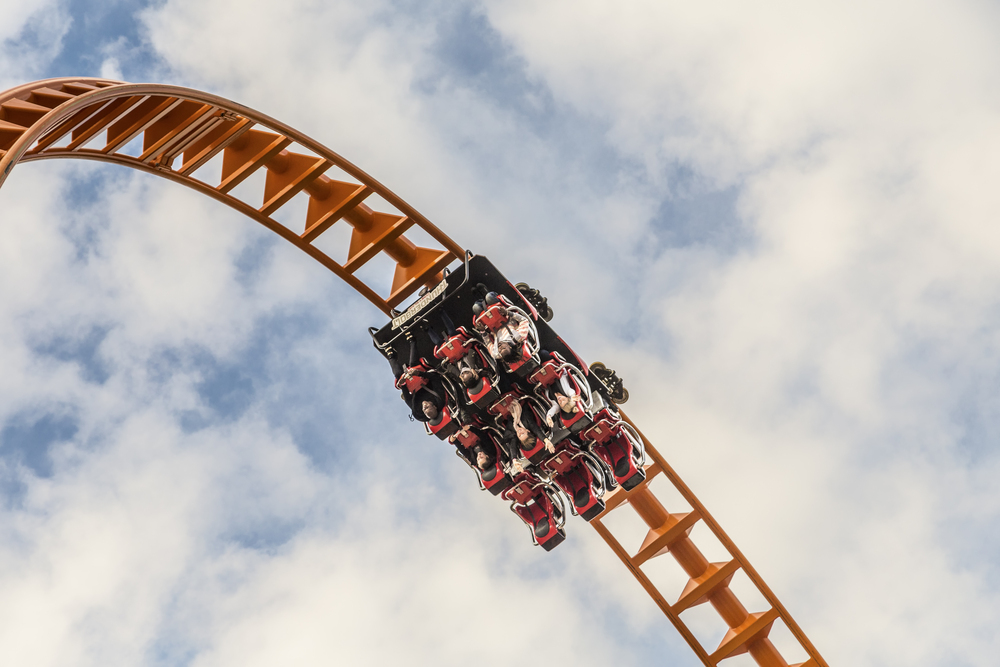
The brainchild of George C. Tilyou, Steeplechase Park revolutionized the concept of mechanical entertainment with its signature horse race ride that let multiple visitors compete against each other. This innovative park introduced the idea of social gaming decades before it became a digital phenomenon.
The park survived three major fires, rebuilding each time with increasingly ambitious attractions that pushed the boundaries of engineering. The famous ‘Funny Face’ logo became synonymous with acceptable mischief, creating a space where proper Victorian-era adults could let loose and play like children.
White City at the World’s Columbian Exposition (1893)
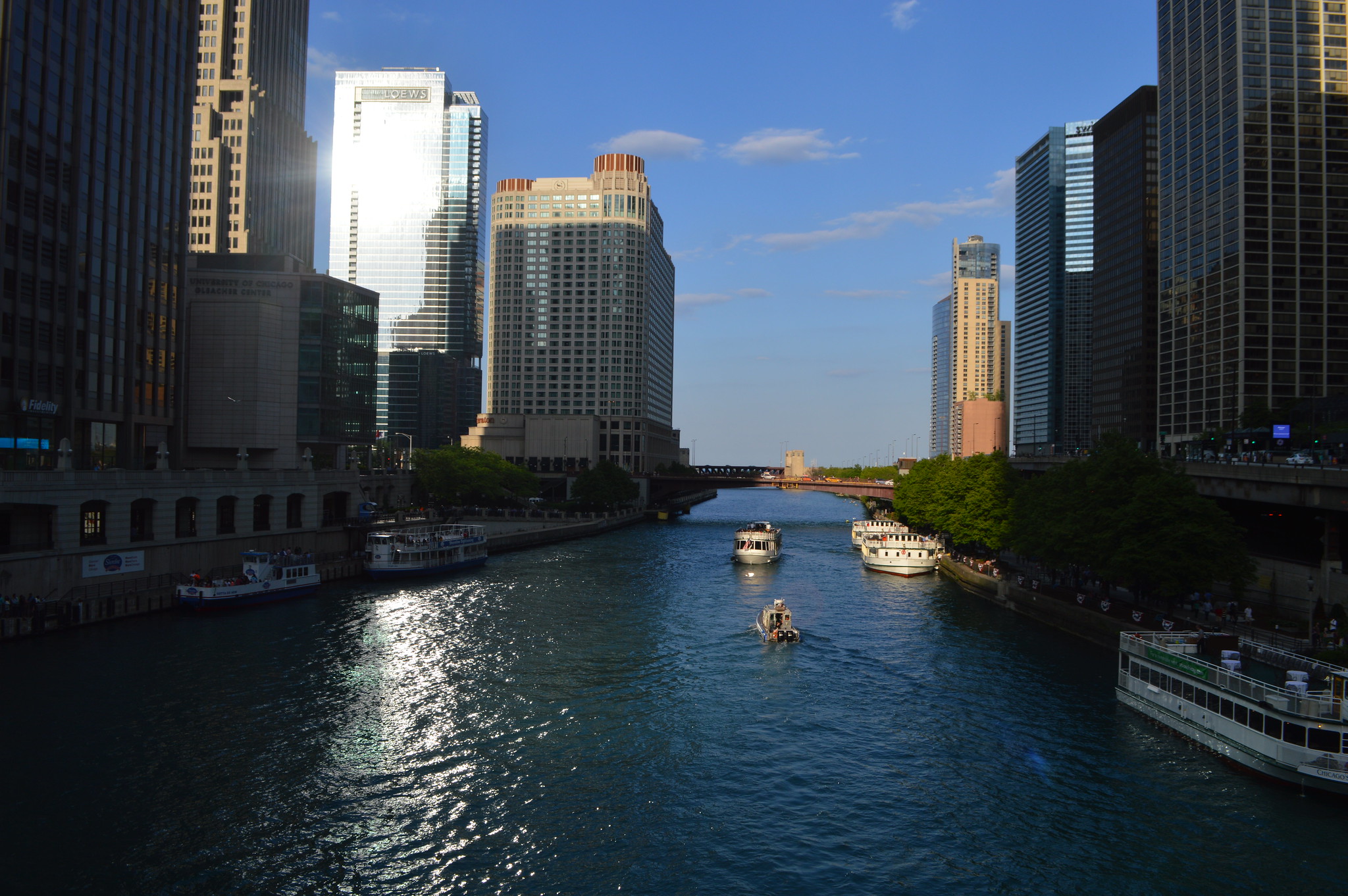
Though it lasted only six months, this Chicago wonder set the template for every theme park that followed. The pristine white buildings and carefully planned layout would later inspire Walt Disney’s approach to park design.
The fair introduced the world to the Ferris Wheel, moving walkways, and the concept of a unified architectural theme – revolutionary ideas that transformed public entertainment. Electric lighting transformed the nighttime experience into something magical, proving that a park could be just as enchanting after dark as during daylight hours.
Like Travel Pug’s content? Follow us on MSN.
Luna Park, Coney Island (1903)
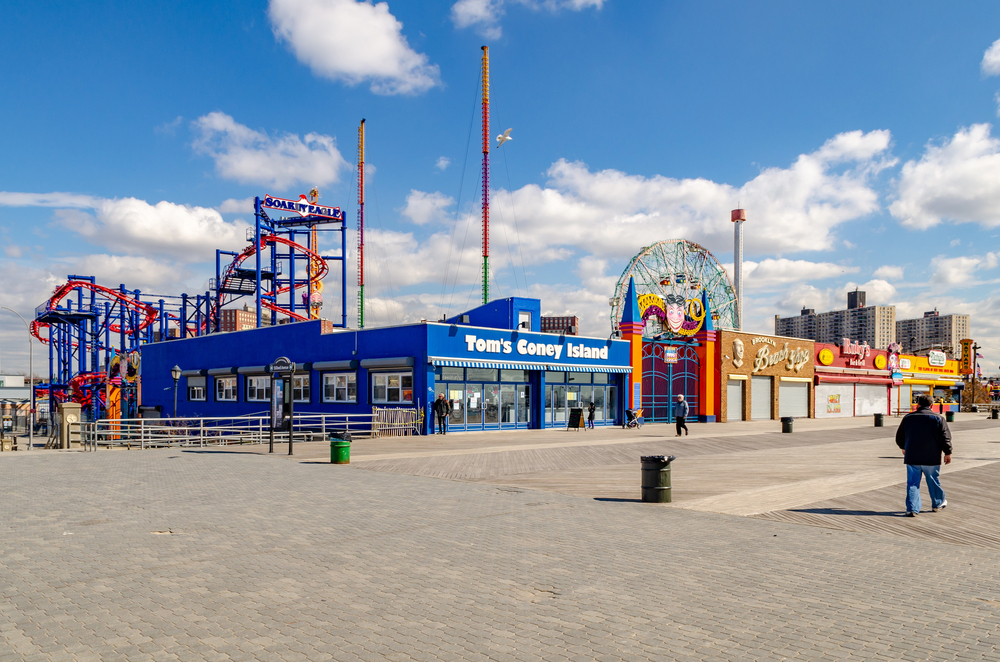
This electric wonderland changed how Americans thought about nighttime entertainment. The park’s 250,000 electric lights created a spectacle visible from miles away, earning it the nickname ‘Electric Eden.’
The architecture blended Baroque, Byzantine, and Arabian styles into a fantasy landscape that transported visitors to another world. The park’s success proved that immersive theming and escapism could be more attractive than traditional mechanical rides alone.
Riverview Park, Chicago (1904)
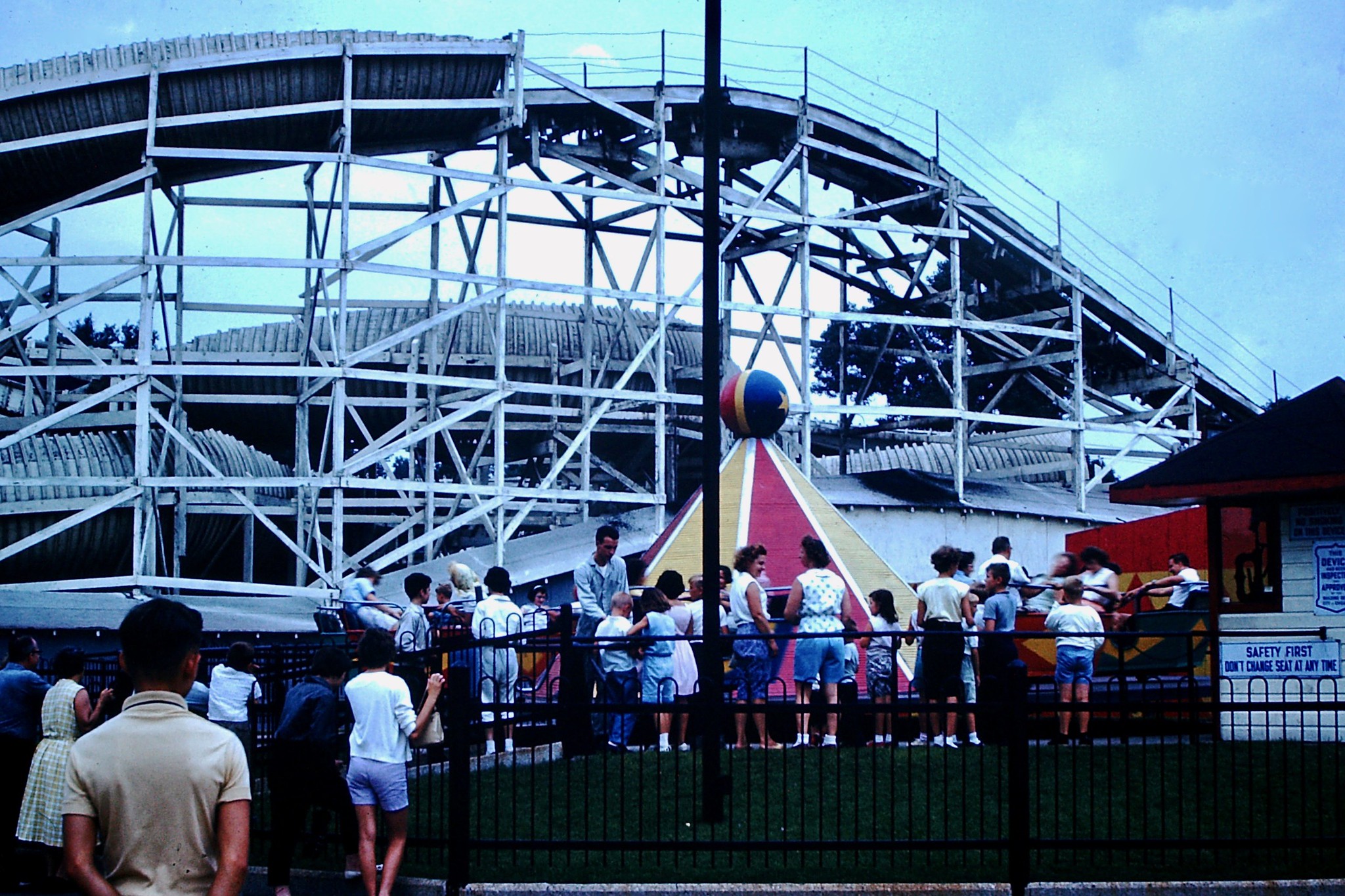
Chicago’s largest amusement park pioneered the concept of thrill rides as main attractions rather than sideshows. The legendary Pair-O-Chutes jump tower introduced the concept of controlled falling as entertainment, predating modern drop rides by decades.
The park’s famous Aero Stat tower offered visitors panoramic views of the city, establishing the tradition of observation attractions that remain popular in modern parks. Its diverse range of attractions, from scenic railroad rides to haunted houses, established the mixed-entertainment model that major theme parks still follow.
Blackpool Pleasure Beach, England (1896)
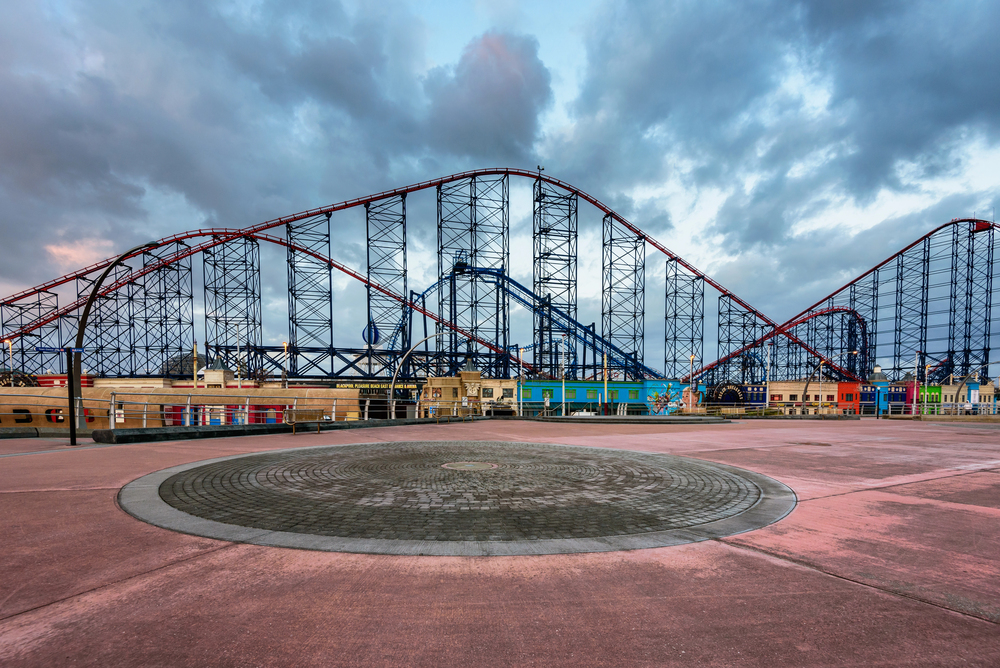
This British seaside park became a testing ground for European ride innovation, introducing many concepts that would later spread worldwide. The park’s famous Sir Hiram Maxim’s Captive Flying Machine, still operating today, demonstrated that simple physics could create memorable experiences.
Its pioneering use of electric lighting for aesthetic rather than practical purposes influenced how future parks would approach nighttime operations. The park’s success proved that permanent mechanical rides could be more profitable than temporary fairground attractions.
Like Travel Pug’s content? Follow us on MSN.
Dreamland, Coney Island (1904)
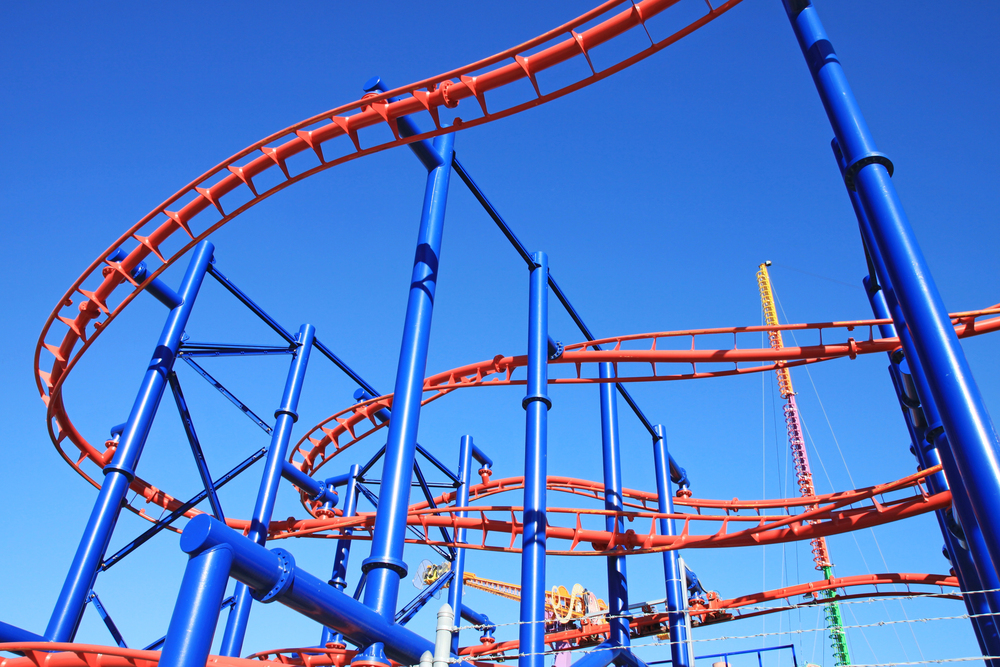
Built to outshine its neighbors, Dreamland took themed entertainment to new heights with its massive scale and ambitious attractions. The park featured a recreation of the canals of Venice, complete with imported gondolas and architectural reproductions that set new standards for immersive environments.
Its pioneering use of live shows, including elaborate recreations of historical events, established entertainment beyond rides as a crucial part of the theme park experience. The park’s spectacular end in a massive fire taught the industry valuable lessons about safety and construction standards.
Venice Pier Pleasure Park, California (1920)
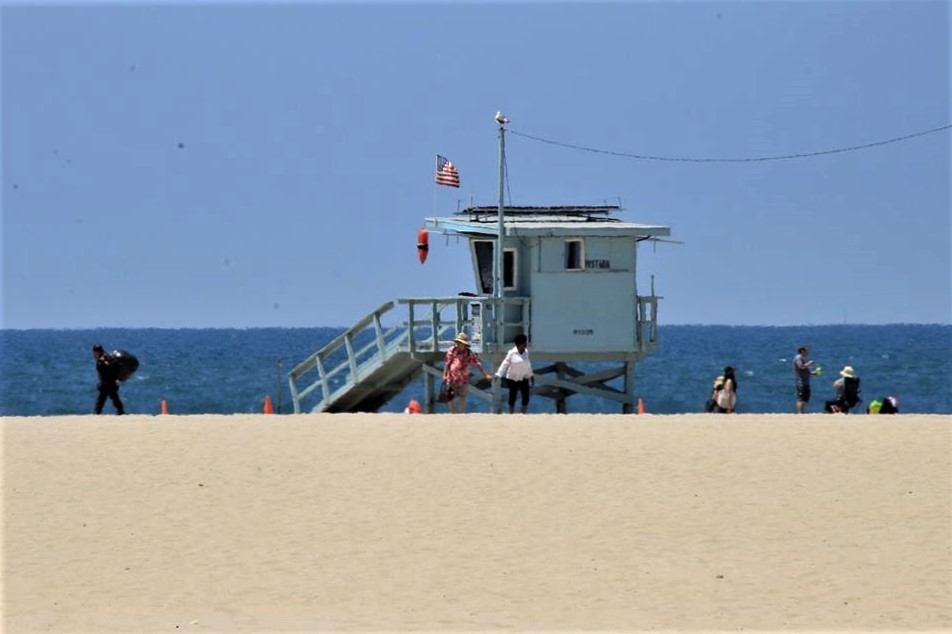
This oceanfront wonderland pioneered the integration of natural and artificial attractions. The park’s famous Racing Derby carousel, with its unique up-and-down motion, influenced ride design for generations.
Its location and layout demonstrated how to turn geographical constraints into unique selling points, a lesson modern parks still apply. The pier’s combination of traditional attractions with seaside entertainment created a template for coastal amusement areas worldwide.
Playland, New York (1928)
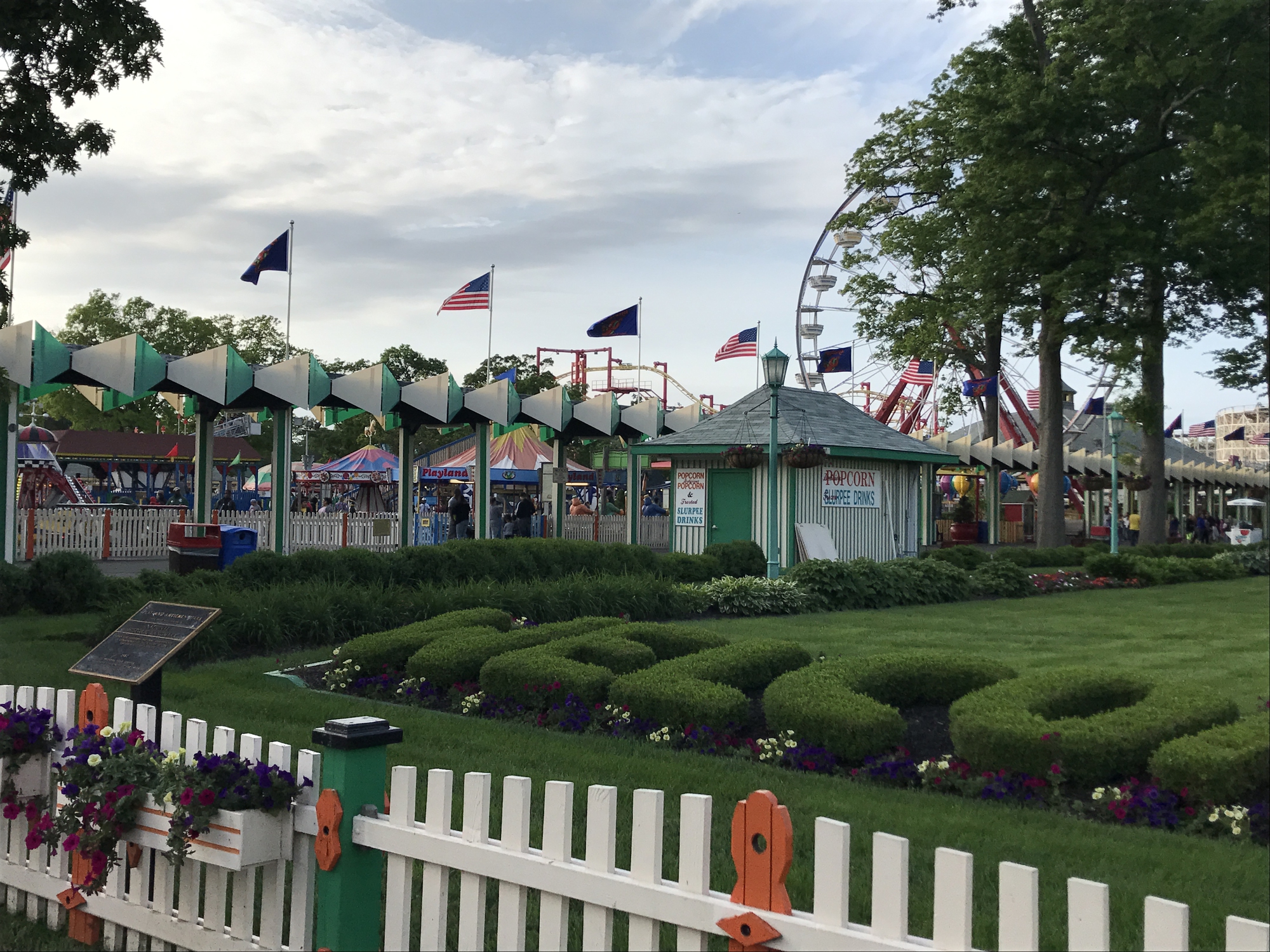
This Art Deco masterpiece proved that architectural unity could enhance the entertainment experience. The park’s innovative ride queuing systems and crowd flow management techniques are still studied today.
Its Dragon Coaster introduced storytelling elements to thrill rides, setting a precedent for themed attractions. The park’s successful operation as a public facility demonstrated that government-run amusement parks could maintain high standards and profitability.
Like Travel Pug’s content? Follow us on MSN.
Frontierland Park, Oklahoma (1950)
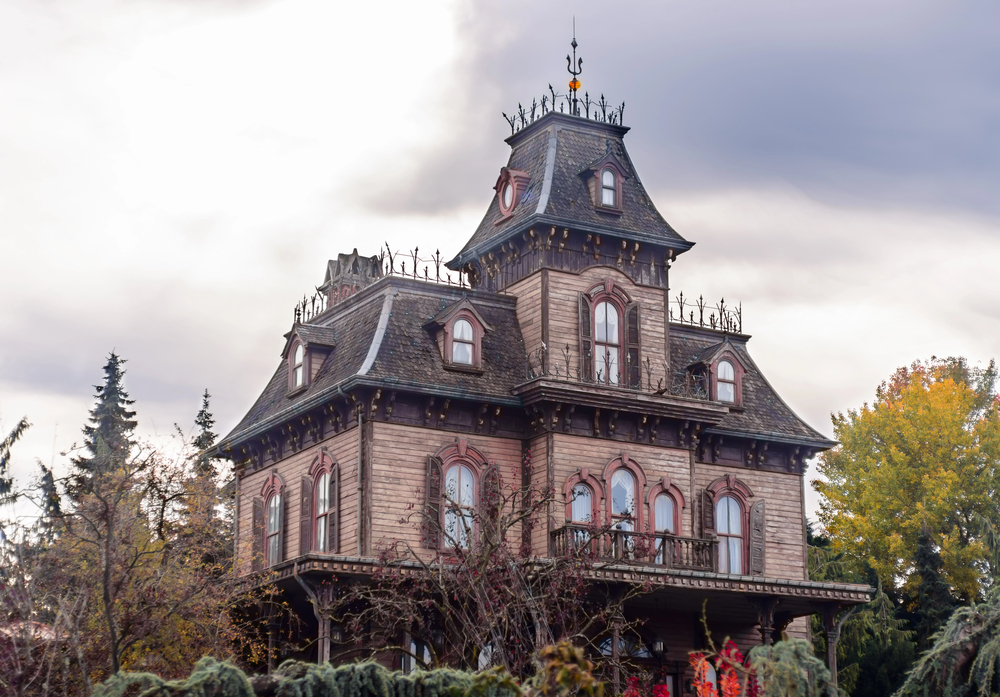
Before Disney’s version, this frontier-themed park showed how historical themes could create immersive experiences. The park’s authentic recreation of frontier life, including real Native American villages and working artisans, established living history as a viable entertainment concept.
Its careful attention to historical detail in architecture and costumes set standards for themed environments. The park proved that education and entertainment could successfully coexist in a themed setting.
Holiday World, Indiana (1946)
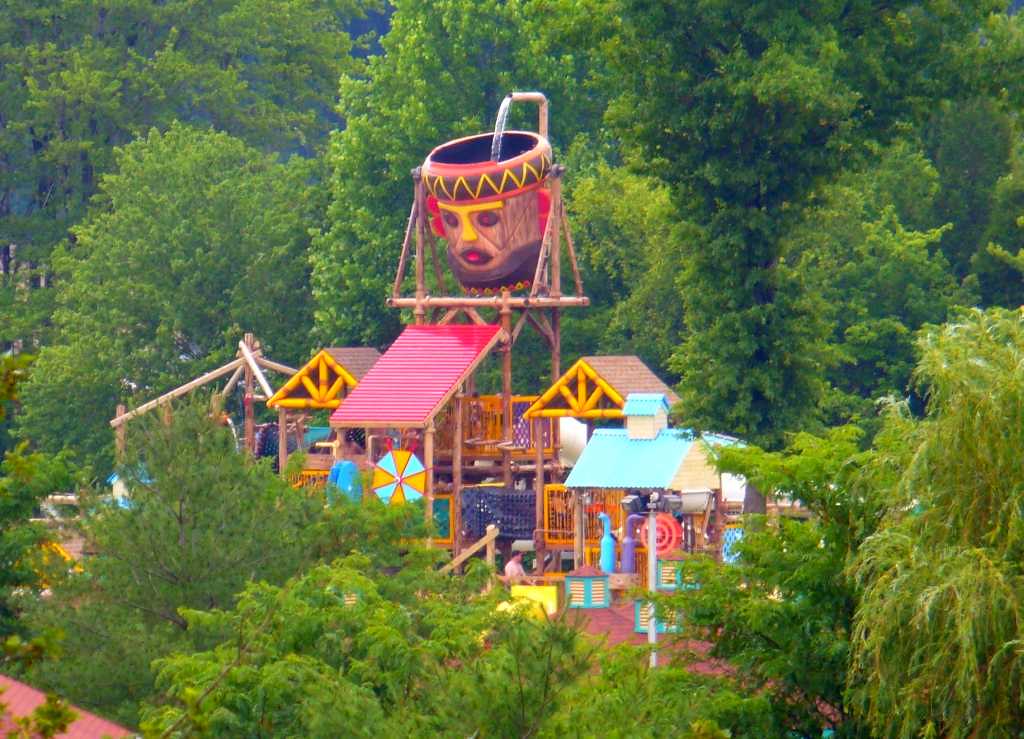
Originally Santa Claus Land, this park pioneered the concept of year-round holiday theming. The park’s seasonal celebration zones predated similar areas in major theme parks by decades.
Its innovative free soft drinks program, introduced in 2000, changed how parks approach guest services and value-added features. The focus on family-friendly pricing and amenities established a model for regional theme parks.
Tivoli Gardens, Copenhagen (1843)
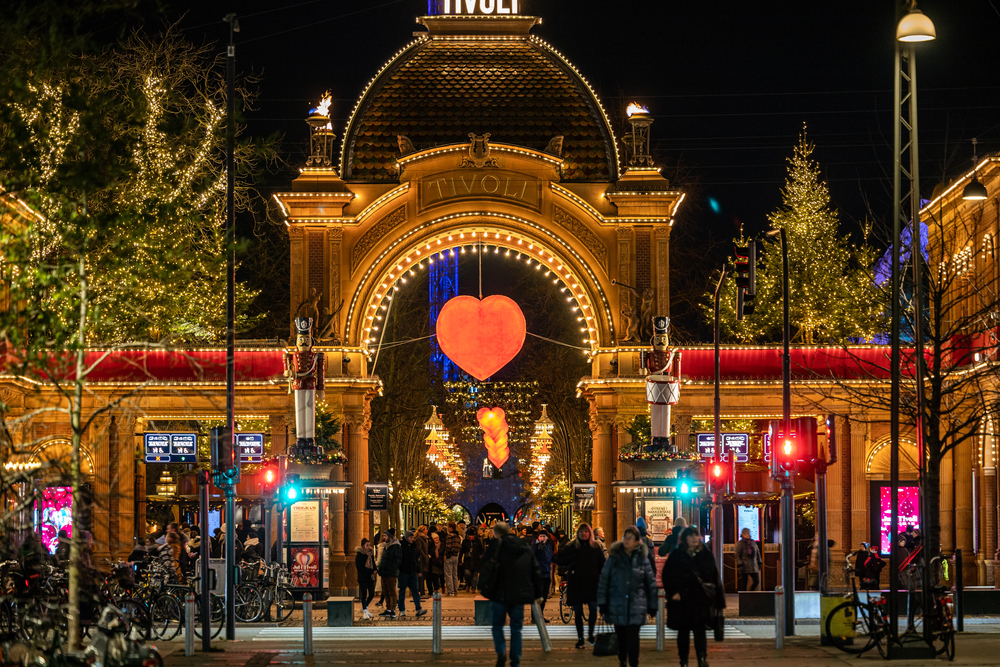
Europe’s oldest operating theme park established the concept of seasonal transformation as a business model. The park’s emphasis on gardens and aesthetics proved that beautiful landscapes could be as important as rides and attractions.
Its revolutionary lighting designs influenced theme park illumination worldwide. The park’s successful mix of high culture and popular entertainment created a template for sophisticated amusement venues.
Like Travel Pug’s content? Follow us on MSN.
Beverly Park, California (1943)

This small but influential park served as Walt Disney’s research facility for Disneyland. The park’s pioneering focus on cleanliness and family-friendly atmosphere set new industry standards.
Its experiment with themed areas and character meet-and-greets established practices that would become theme park staples. The park’s influence on Disney’s vision helped shape the future of themed entertainment worldwide.
Knott’s Berry Farm, California (1920)
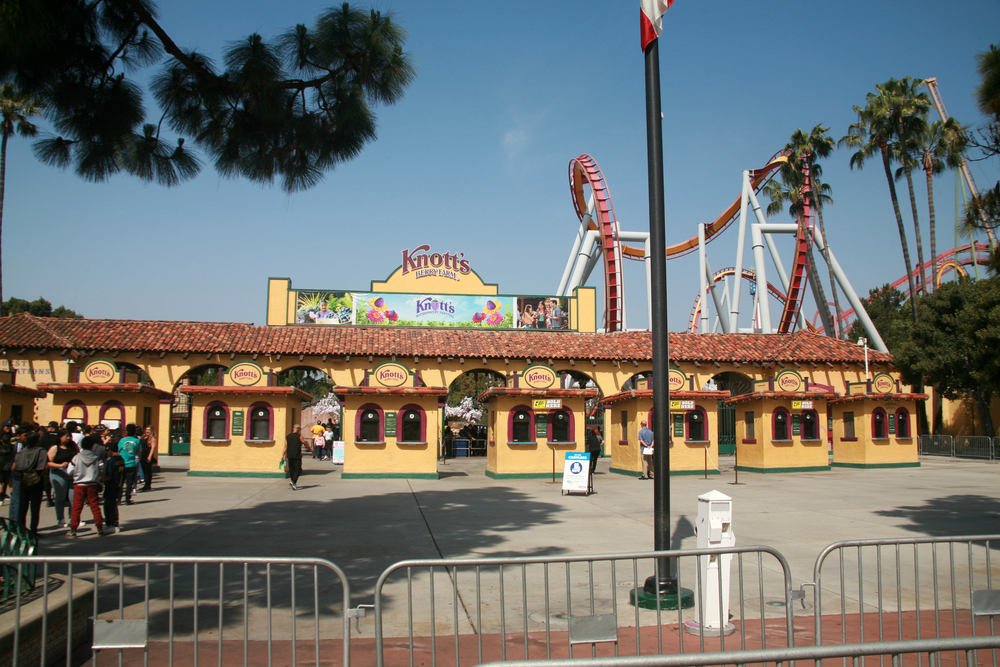
Beginning as a simple berry stand, this park pioneered the concept of themed dining experiences. The Ghost Town area, built using authentic buildings from abandoned mining towns, established the practice of using real historical artifacts in themed environments.
Its successful transformation from a roadside attraction to a major theme park provided a model for gradual expansion. The park’s chicken dinner restaurant proved that unique dining experiences could be as important as rides.
Freedomland U.S.A., New York (1960)
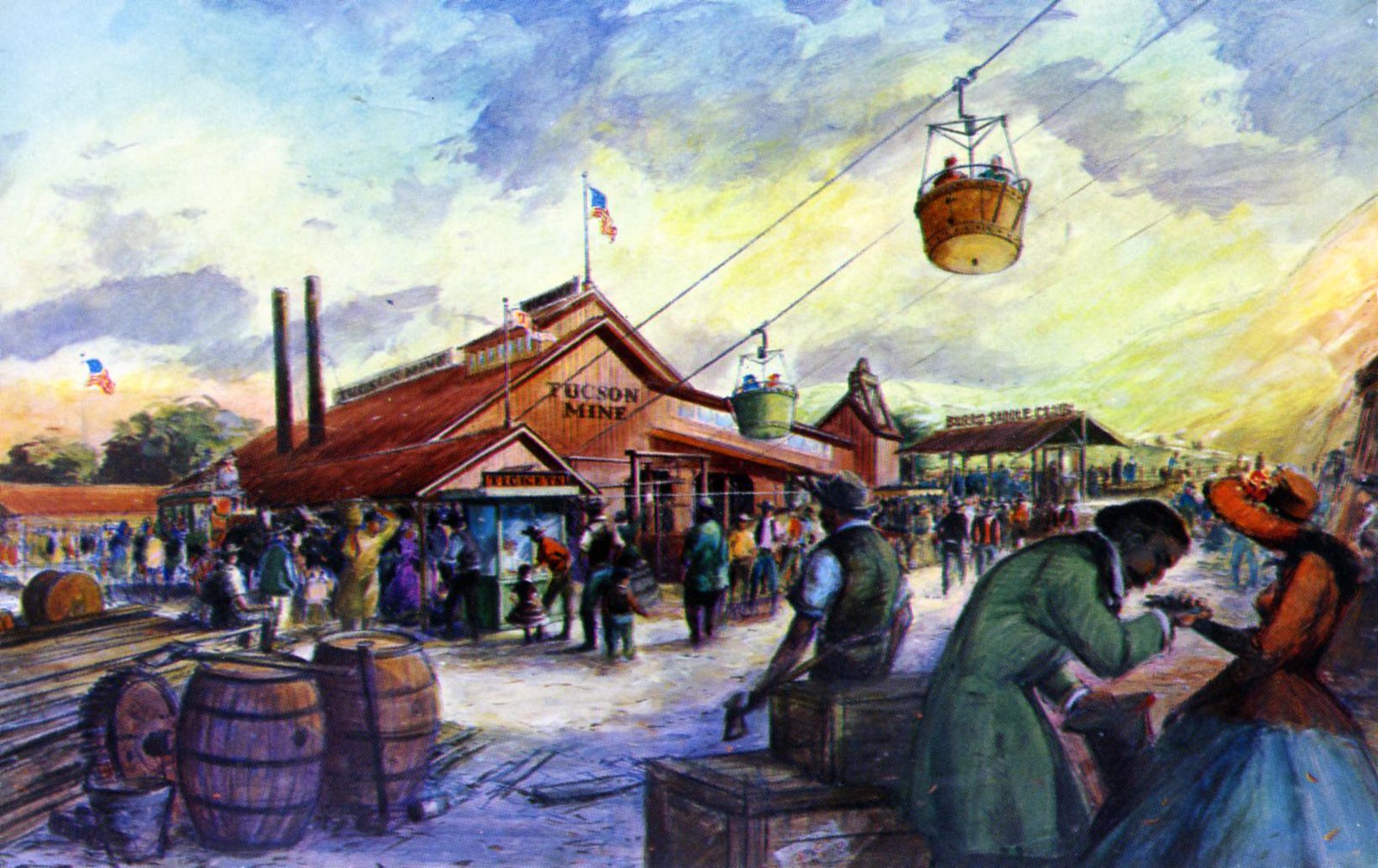
Though short-lived, this American history-themed park introduced numerous innovations in storytelling and guest interaction. The park’s detailed recreations of historical events, including the Chicago Fire and San Francisco Earthquake, set new standards for special effects.
Its use of costumed performers in historically accurate settings established practices still used in living history presentations. The park’s ambitious scale and eventual failure taught valuable lessons about sustainable growth and market analysis.
Like Travel Pug’s content? Follow us on MSN.
Pacific Ocean Park, California (1958)
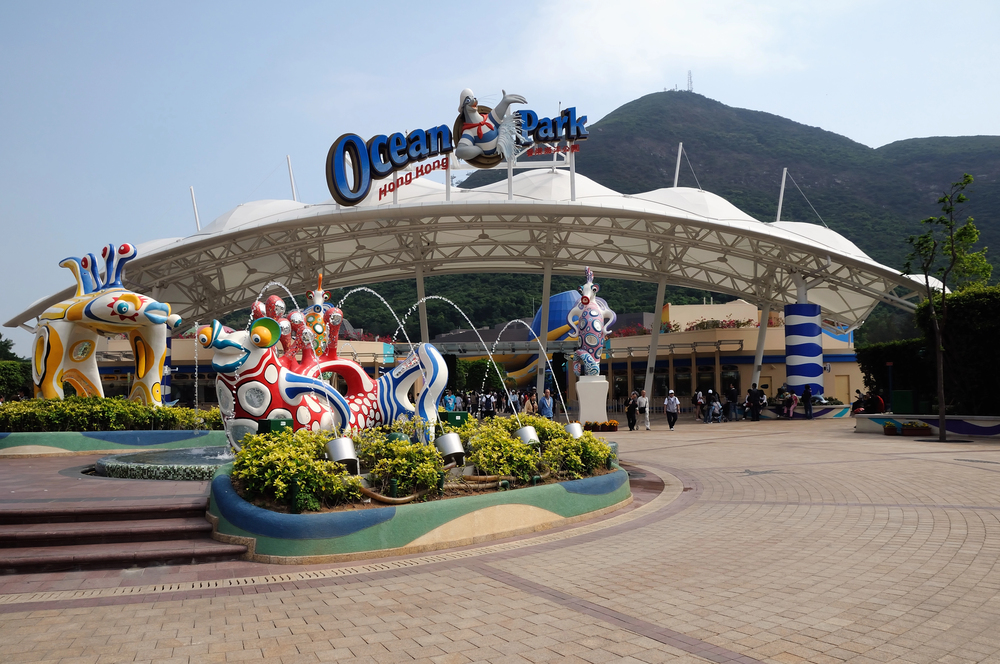
Known as ‘POP’ to locals, this oceanic-themed wonderland attempted to blend sophisticated art with amusement park thrills. The park’s signature bubble elevators and underwater-themed areas predicted the modern trend of immersive environments decades ahead of their time.
The striking modernist architecture and ambitious marine life exhibits influenced countless waterparks and aquariums that followed. Despite its relatively short life, POP’s innovative approach to combining education with entertainment set standards that major parks still follow today.
Palisades Amusement Park, New Jersey (1898)

This clifftop park demonstrated how to turn challenging terrain into unique attractions. Its saltwater pool, the largest in the world when built, showed how parks could create artificial environments on a massive scale.
The park’s innovative marketing through radio and television set new standards for entertainment advertising. Its integration of music and live entertainment with traditional rides established the modern entertainment mix.
Elephant Hotel and Museum, Coney Island (1885)
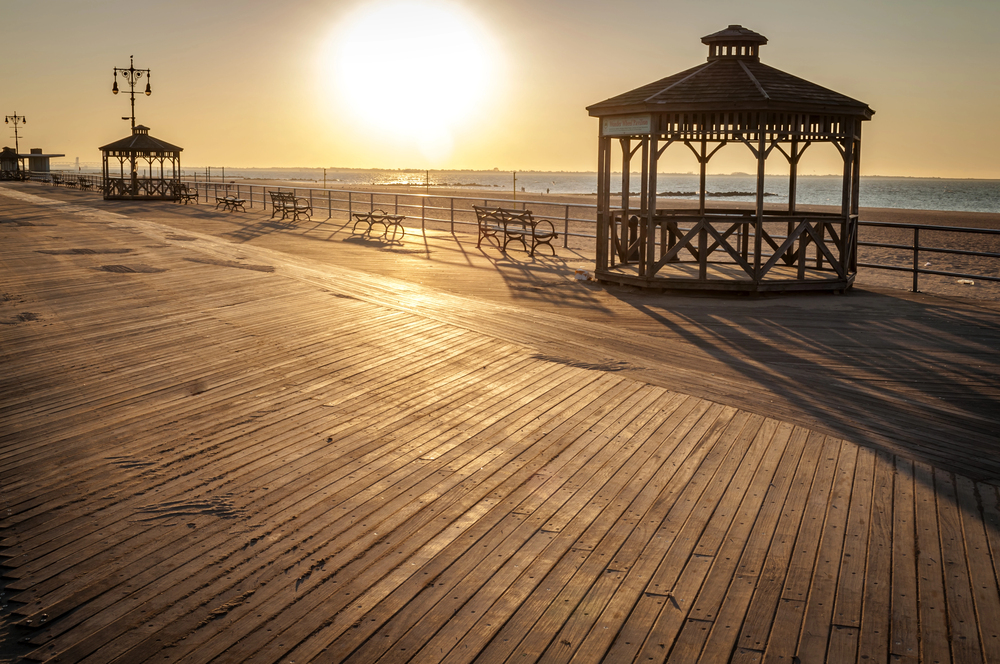
This architectural wonder, shaped like a colossal elephant, pioneered the concept of novelty architecture in entertainment. The structure housed multiple attractions and proved that the building itself could be as much of a draw as any ride or show.
Its success inspired countless imitators and established the tradition of iconic park landmarks. The elephant’s design influenced theme park architecture for generations.
Like Travel Pug’s content? Follow us on MSN.
Euclid Beach Park, Cleveland (1895)
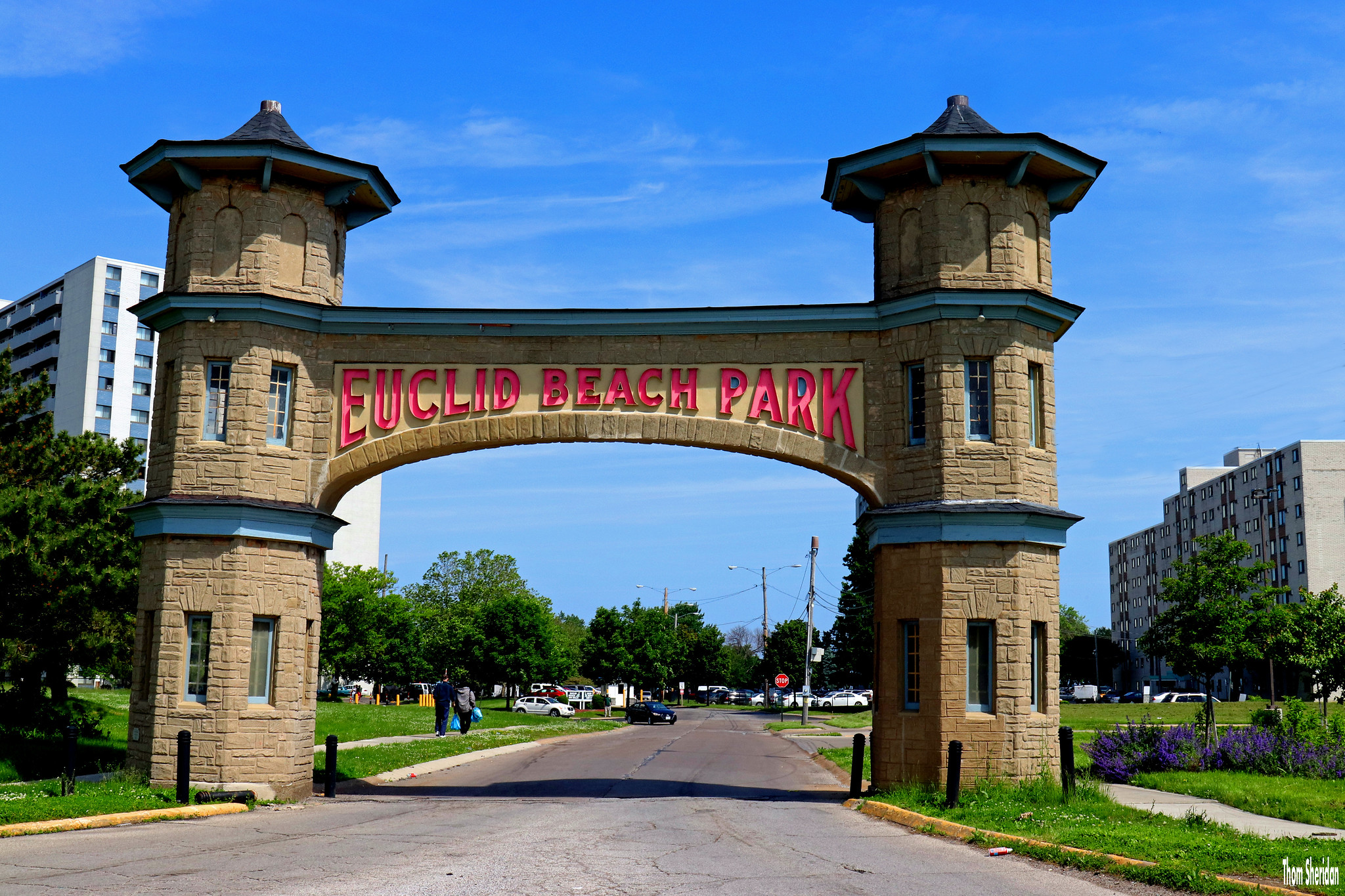
This lakeside park set new standards for ride safety and maintenance procedures. Its innovative ticketing system and crowd management techniques influenced industry practices for decades.
The park’s famous ‘house rules’ established standards for guest behavior that many modern parks still emulate. Its commitment to mechanical excellence produced ride designs that would influence thrill ride development for generations.
Rocky Point Park, Rhode Island (1847)
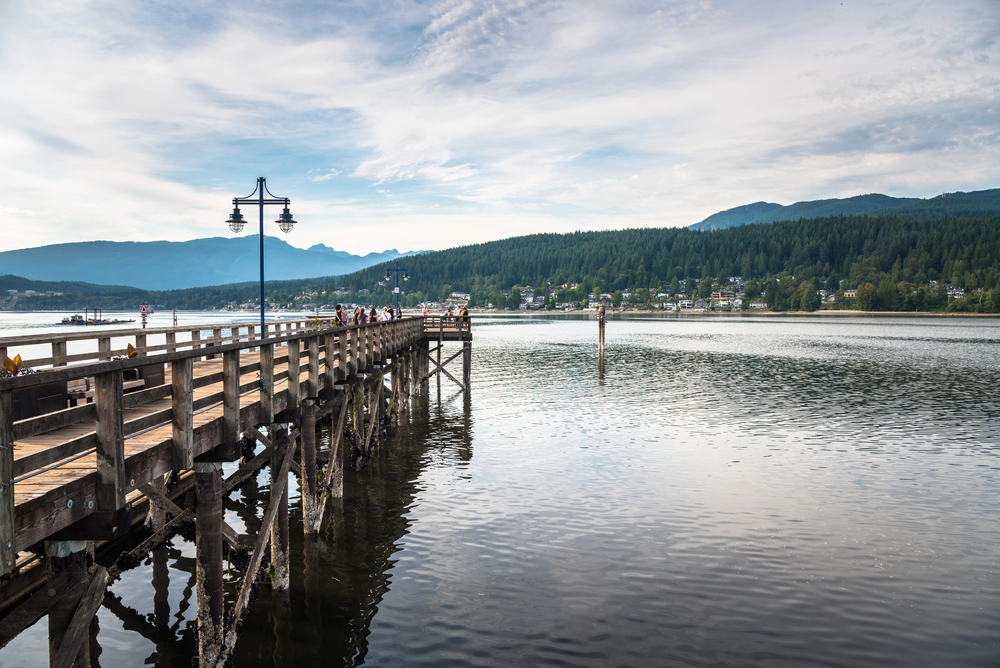
One of America’s oldest amusement parks, Rocky Point, pioneered the concept of the seaside pleasure resort. The park’s innovative combination of natural features with mechanical attractions created a template for waterfront entertainment.
Its famous shore dinner hall established food as a primary attraction rather than just a convenience. The park’s long history of adapting to changing tastes demonstrated the importance of evolution in entertainment.
Jungle Gardens, Florida (1940)

Before modern animal parks, this attraction showed how to combine zoological displays with entertainment. The park’s innovative use of boat rides through natural and artificial habitats influenced later animal-themed attractions.
Its careful integration of education with entertainment established standards for wildlife parks worldwide. The gardens’ success proved that conservation and entertainment could work together effectively.
Like Travel Pug’s content? Follow us on MSN.
Where Memory Meets Innovation
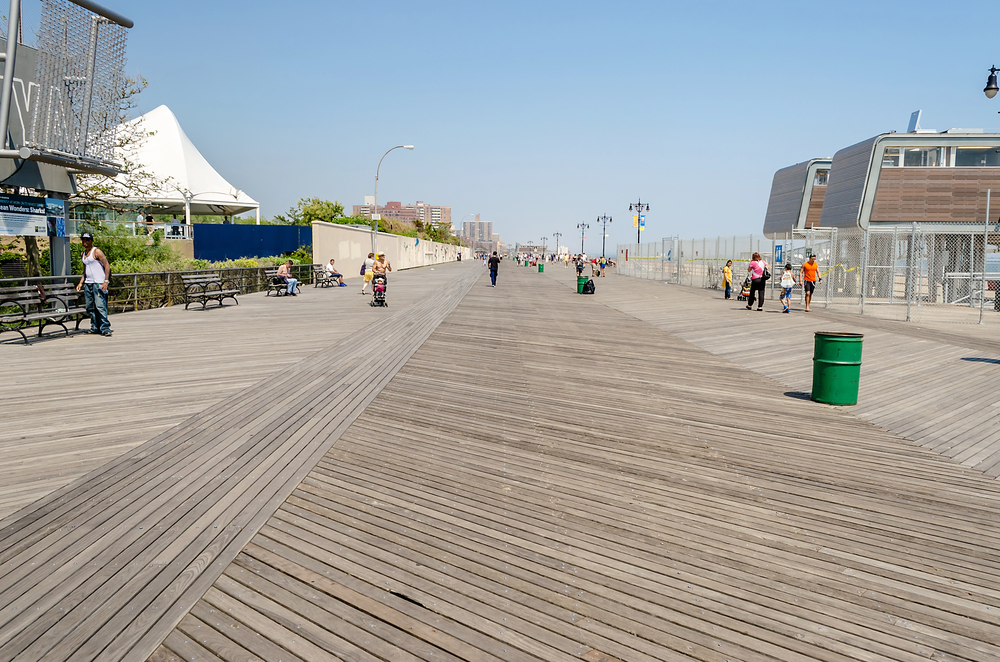
These pioneering parks did more than just entertain – they shaped our expectations of what entertainment could be. While many of these venues have vanished into history, their influence lives on in every virtual queue, themed restaurant, and immersive attraction we enjoy today.
They remind us that behind every polished modern experience lies a history of bold experiments, spectacular failures, and dreamy innovations. Perhaps that’s why their stories continue to captivate us – they show us where we’ve been and hint at where we might be going next.
More from Travel Pug

- 15 Dangerous European Cities to Avoid
- 15 Caribbean Islands Where Tourists Keep Getting Scammed
- The 20 Most Fascinating Abandoned Places: A Journey Through Time and Forgotten Spaces
- 15 Hidden Places in the Smithsonian Museums Locals Love: A Guide to Lesser-Known Treasures
- 16 Hidden Florida Beach Towns That Aren’t Overrun with Tourists
Like Travel Pug’s content? Follow us on MSN.
